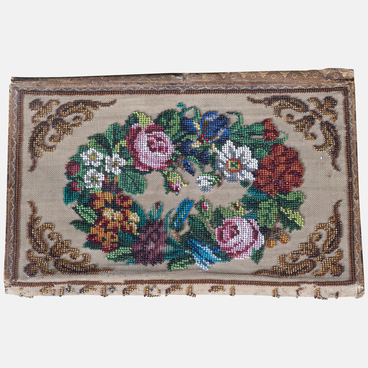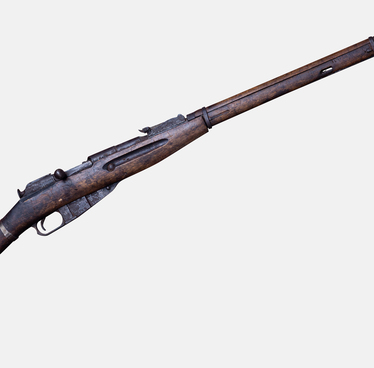The Ulyanovsk Regional Museum of Local Lore named after Ivan Goncharov presents a wheellock pistol — a one-handed firearm produced in the 16th–18th centuries.
The pistol has an octagonal barrel at the breech and a round barrel at the muzzle. There are three stamps on the left side. The mechanism worked as follows: the spark to ignite the powder charge was struck using a grooved rotating wheel. The mechanism was activated using a mainspring retained by a screw. After the trigger was pulled, the end of the sear arm was disengaged, which left the wheel free to turn, striking sparks by friction of the groove on the flint and igniting the priming powder in the pan.
Wheel locks spared the shooter from handling a smoldering wick and depending on the weather. Firearms using this mechanism were more reliable and misfired much more rarely. The invention of the wheel lock contributed to the advent of short-barreled firearms; this mechanism was perfect for compact weapons that were always ready for use. The wheel lock itself was used primarily in pistols, while the match lock dominated long-barreled muskets. A wheellock pistol could be stored for a long time in a charged state and even fired during light rain. It took longer to load a wheellock firearm compared to that with a matchlock. Before firing, it was necessary not only to lower the trigger onto the wheel, but also to wind the wheel spring with a special key. If the shooter lost the winding key, the firearm became useless. Later, locks appeared in which the wheel was wound when the hammer was cocked, and the pan lid was opened by a cam mechanism during the shot, so that the fire could be opened immediately, without opening the pan manually. The result was a very advanced mechanism for its time, but extremely difficult to manufacture. In addition, wheel locks were very expensive — about four times more expensive than matchlocks; moreover, the lock mechanism was sensitive to gunpowder fumes and flint fragments. If a firearm was this expensive, pyrite was used instead of flint, which wore the wheel down less. Apparently, a good-quality wheel lock made it possible to fire up to 20 shots before cleaning.
In terms of reliability, the wheel lock was superior to the match locks and later flint locks that existed at that time. However, the manufacture process for wheellock mechanisms was rather complex and expensive, which is why the idea of using them was eventually abandoned.


